Mountain ash and bushfires
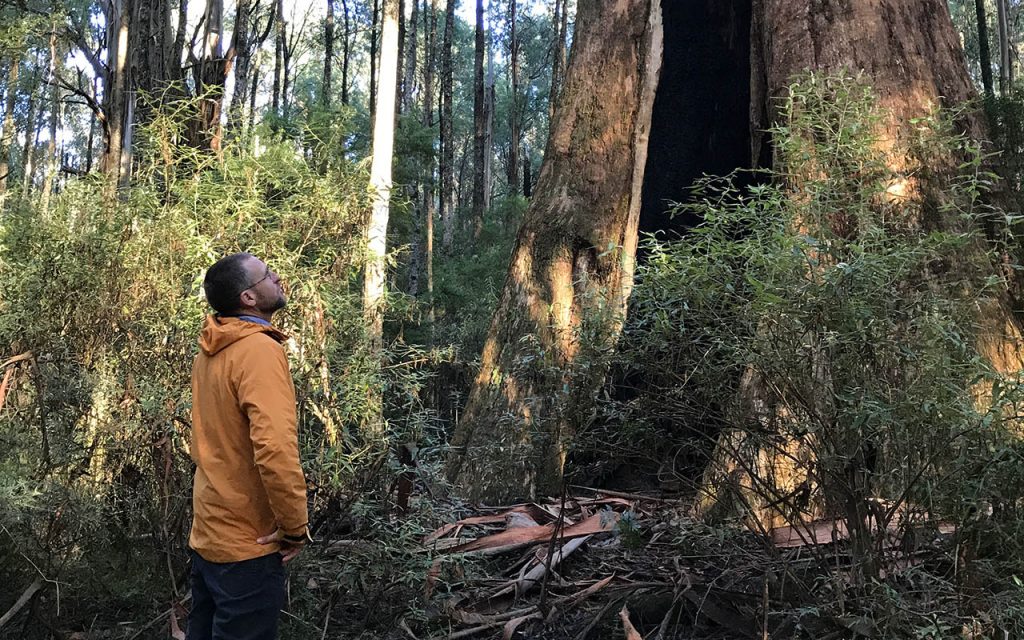
Baroness Bertha, a giant mountain ash tree in Victoria’s Yarra Ranges, stands almost 60 metres tall, and 15 metres in girth. The tree is hollow at its base, with an arched opening to a cathedral-like space that could fit half a dozen people. Standing inside her towering form, I smell the rich mulch of the leaf litter underfoot, and touch its strangely spongy wood charred black by bushfire. How could such an old and imposing tree still stand firm on such apparently unsound foundations?
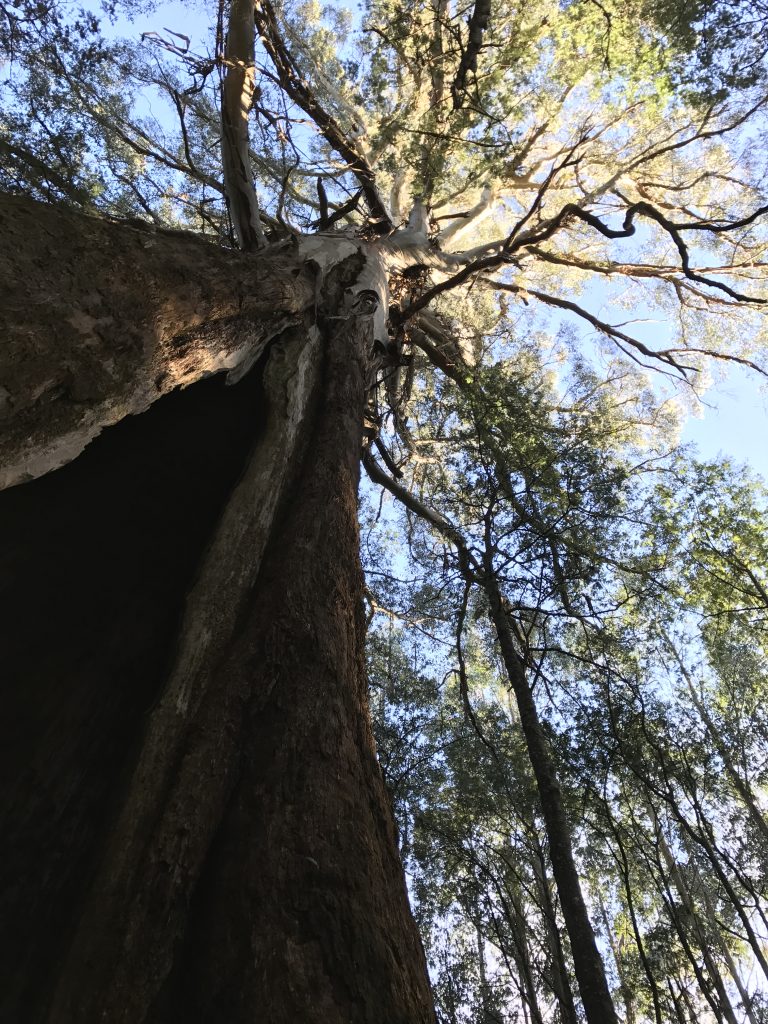
I have come to the Yarra Ranges north-east of Melbourne with Senior Curator George Main, to meet with people who live amongst the mountain ash, and discuss our plans for the National Museum of Australia’s new environmental history gallery. Like many people before us, we have been drawn to the Yarra Ranges by the power of the landscape and the majesty of the mountain ash forests.
Mountain ash is the world’s tallest hardwood tree, found in the moist ranges of Victoria and Tasmania. In the Yarra Ranges it has been a source of timber, and a draw for tourists and settlers seeking the peace and beauty of the forest. Dependent on fire for its survival, mountain ash can also be a source of destruction.
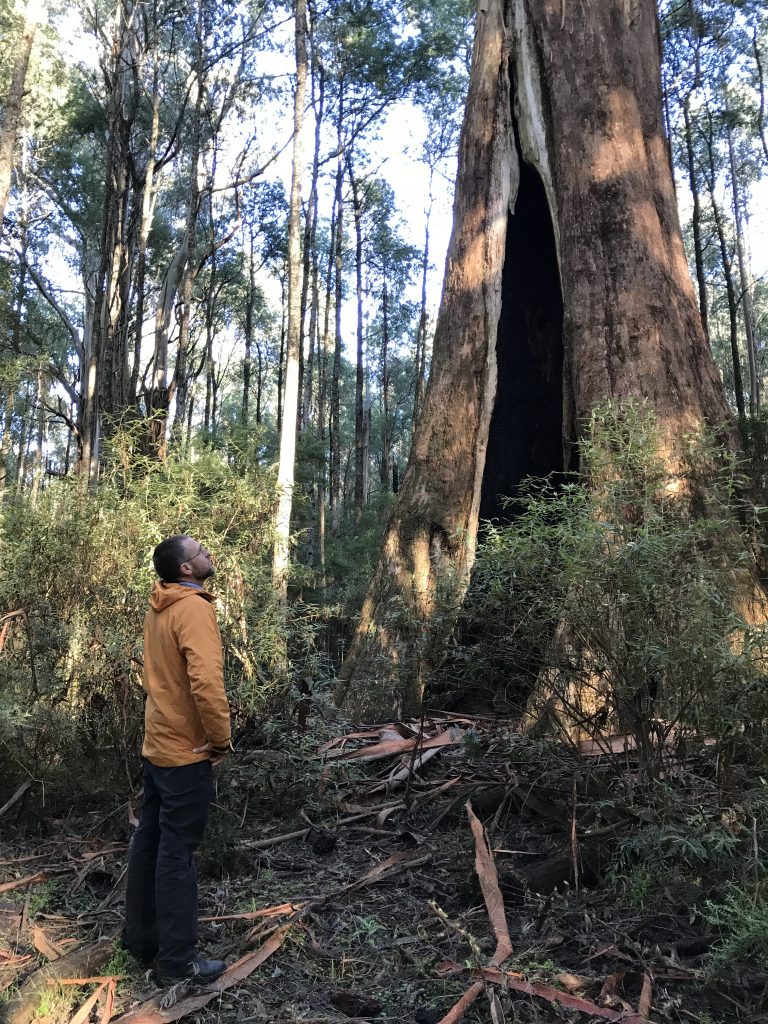
We meet big-tree hunter Brett Mifsud, who has made a quest of climbing Victoria’s largest trees to measure them, document them, and campaign for their preservation. He directs us to Baroness Bertha and inspires us with his passion for these giant trees.
The Yarra Ranges Regional Museum in Lilydale is the venue for our meeting with staff from the Yarra Ranges Council working in arts, culture, heritage, emergency response and forest management. The Museum is a thriving hub for the local community and hosts a jewel of an exhibition about the history of the region.
These people know the reality of bushfire. Living in the lush beauty of the forest brings with it the risk of summer fires, last experienced in the region on Black Saturday, 7 February 2009. We hear moving stories of this catastrophic bushfire, and other smaller fires, no less devastating in their impact on communities affected.
How might we tell these stories in the National Museum’s gallery? Not only the terrifying experience of bushfire, but the varied responses of communities impacted and their resilience in preparing for the inevitable fires to come. How might we connect Museum visitors in Canberra with the dynamic relationships in the Yarra Ranges between forests and people, weather patterns and bushfires?
Uncle David Wandin, Wurundjeri elder, introduces us to another perspective on bushfire. Drawing on Indigenous knowledge of fire shared by elders in Cape York, Queensland, Uncle David is working with Emergency Management Victoria to trial fire practices that prepare forests for increasingly frequent and intense bushfires. His team tends forests using targeted, controlled ‘cold burns’, which reduce fuel load while maintaining biodiversity, limiting the intensity and impact of mega-fires and nurturing country back to health.
It is compelling stories like these, about people responding in hopeful and creative ways to the challenges of environmental change, that we hope to tell in the new environmental history gallery.
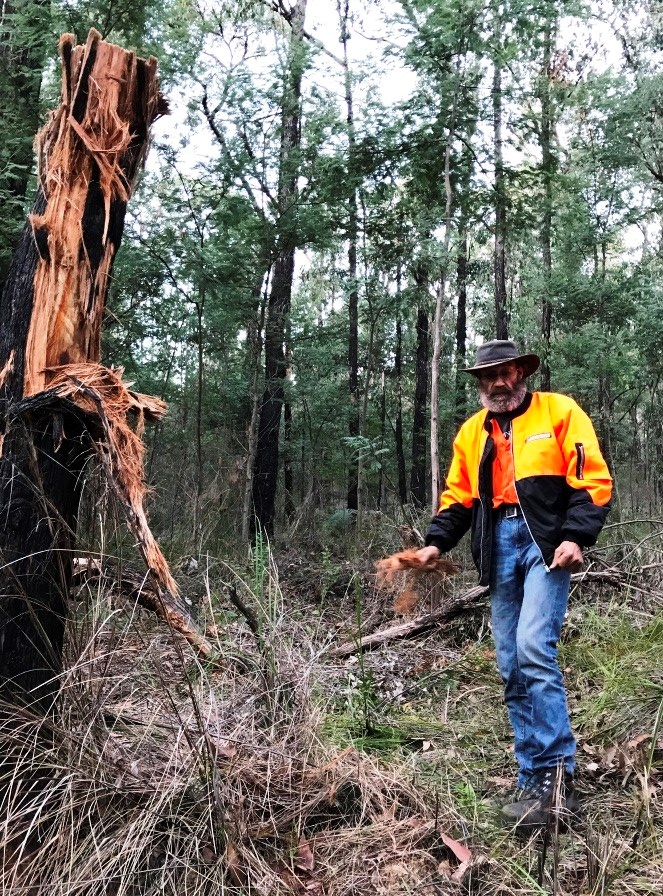
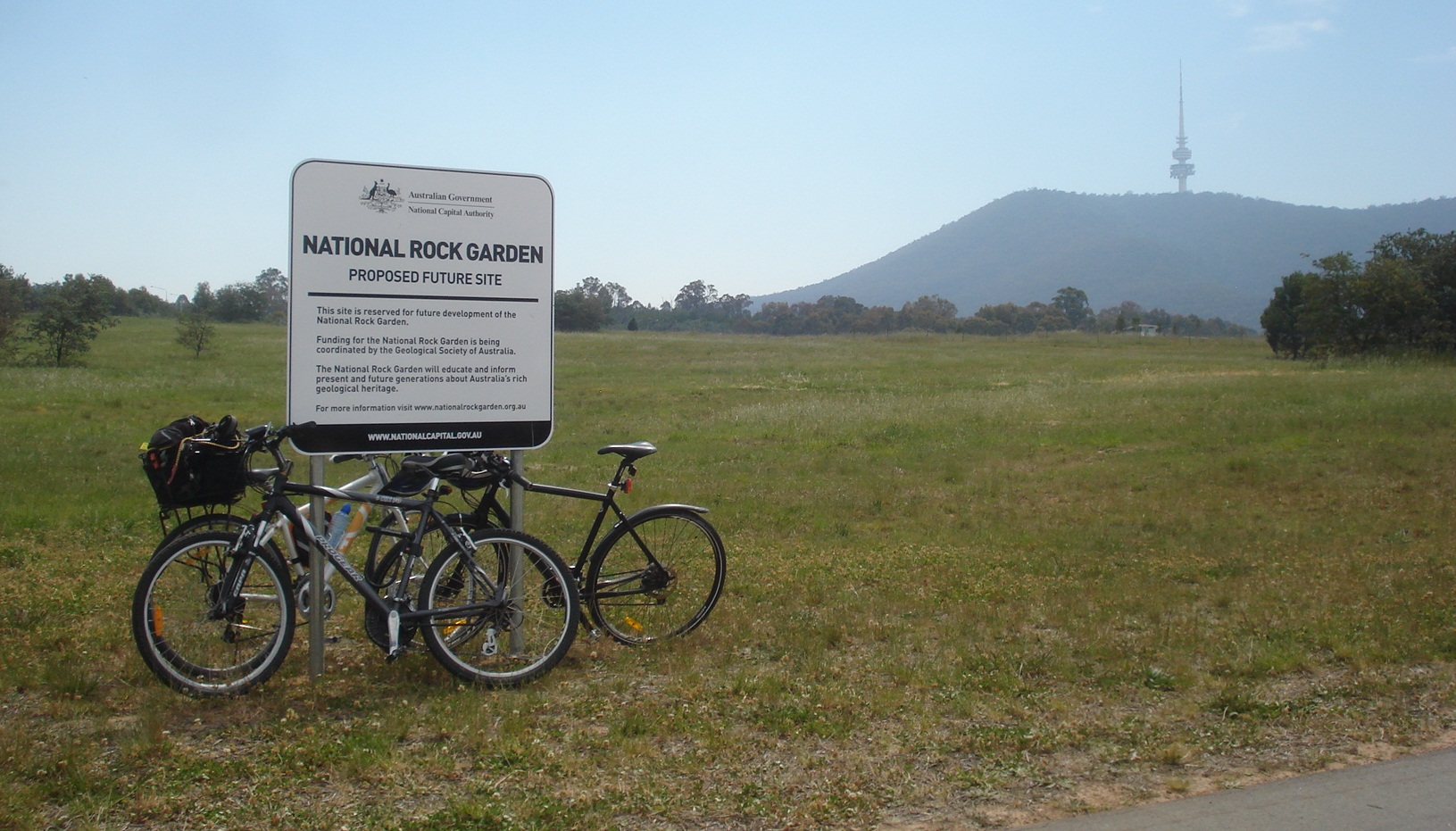
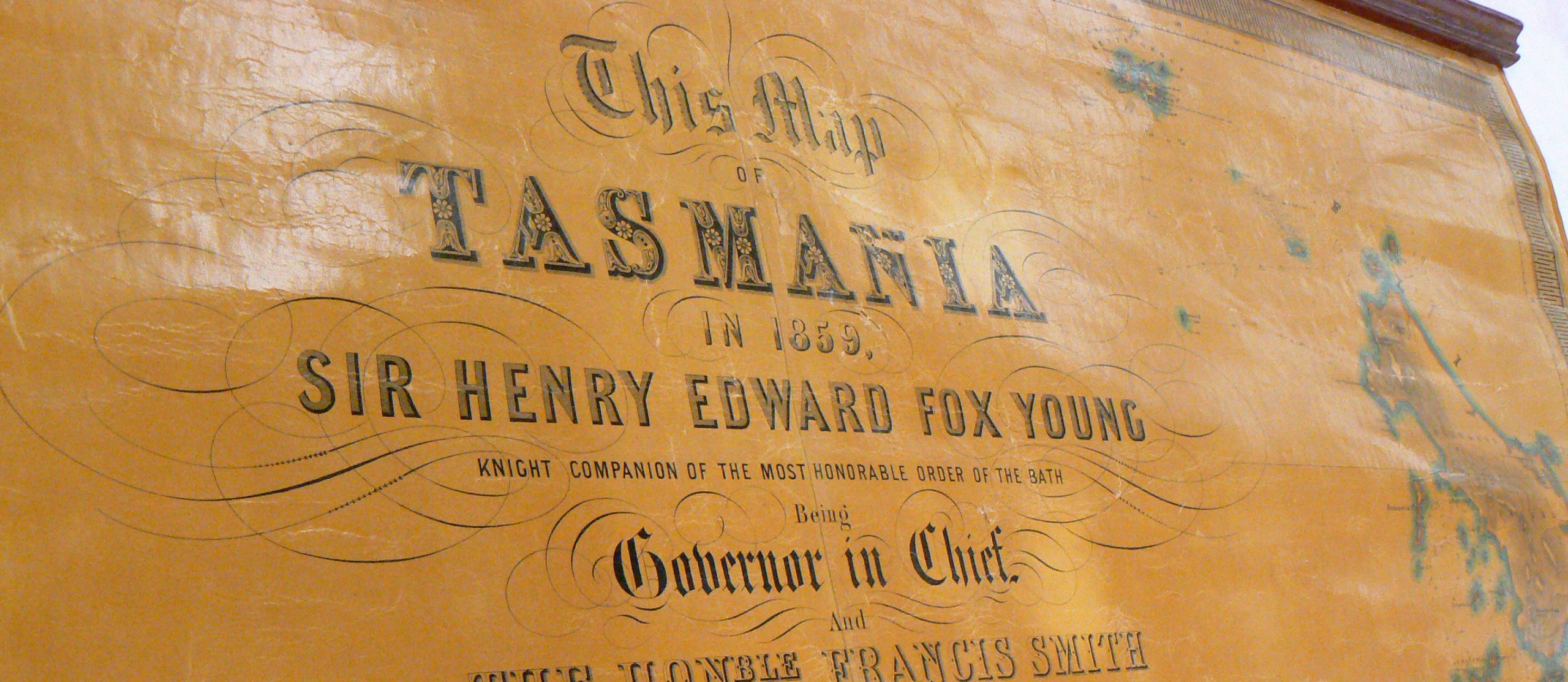

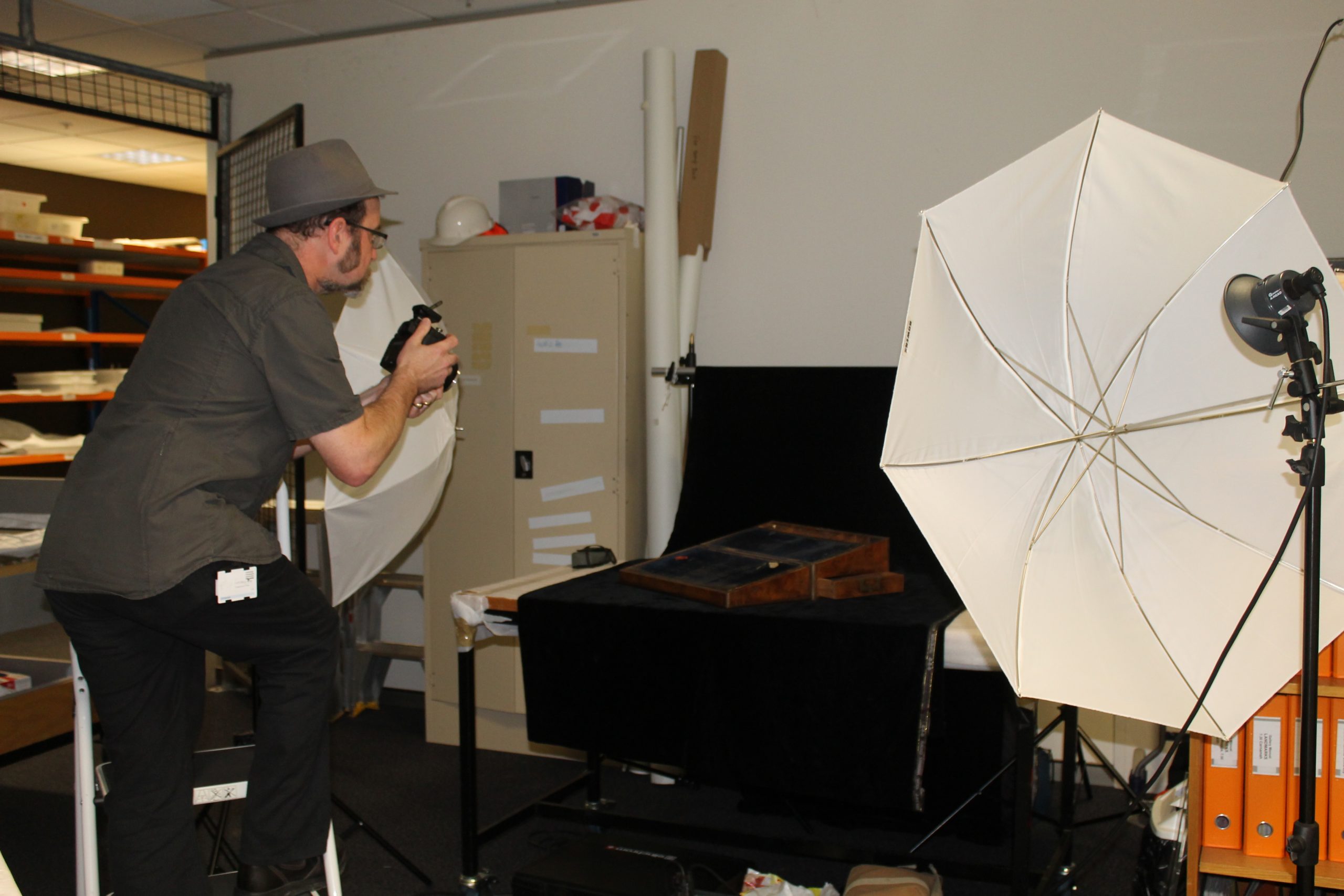
Really interesting. It’s fascinating to think how you could create the “site specific” feel of a place in a museum far away (sound? smell? Light?). And hope is so important these days…
Thanks mccnmatt. We are exploring all those possibilities and more for connecting visitors to the Museum in Canberra with the places represented in the gallery.
I would love to visit trees like these…just walk …admire…truly magnificent !